Blog
Different Types of Hash Explained
Hash has been a cornerstone of cannabis culture for centuries. From ancient traditions to modern consumption methods, this concentrated cannabis extract offers a potent and fascinating experience for enthusiasts worldwide.
Key Takeaways
- Hash is a potent cannabis concentrate with a rich global history, spanning centuries of cultural and technological evolution from traditional hand-rolling techniques to modern extraction methods
- Multiple traditional hash varieties exist, including iconic types like Charas from the Himalayas, Afghani hash, Lebanese hash, and Moroccan hash, each with unique production techniques and distinct characteristics
- Technological advancements have dramatically transformed hash production, introducing sophisticated extraction methods like bubble hash, rosin pressing, and solventless technologies that enhance purity and potency
- Hash production techniques vary significantly by region, with different geographical areas developing specialized methods that reflect local cannabis cultivation traditions and cultural practices
- Modern hash concentrates offer enhanced cannabinoid preservation and extraction precision, utilizing advanced filtration systems and temperature-controlled processing to create increasingly pure and sophisticated cannabis extracts
We’ll explore the diverse world of hash varieties that range from traditional hand-rolled charas to modern solventless extracts. Each type brings its own unique characteristics and production techniques that reflect regional traditions and cutting-edge extraction technologies. Whether you’re a cannabis connoisseur or simply curious about different hash types, you’ll discover the rich complexity behind these powerful concentrates.
Modern hash production has evolved dramatically in recent years. Techniques like dry sifting bubble hash and rosin pressing have expanded the possibilities for creating high-quality concentrates that showcase the incredible potential of cannabis derivatives. Get ready to dive into a comprehensive journey through the most intriguing hash varieties from around the globe.
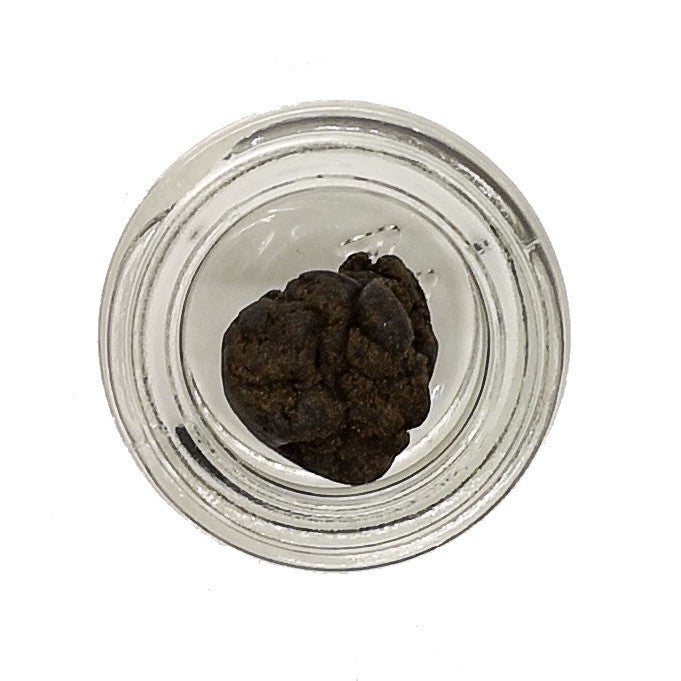
How did hash evolve so much?
Hash’s transformation reflects a fascinating journey of cannabis concentrate innovation. From traditional hand-pressed techniques to modern extraction methods, the evolution spans centuries of cultural and technological development.
Ancient hash-making practices originated in regions like India and Morocco, where manual techniques dominated production. Traditional methods like hand-rolling charas and dry sifting laid the groundwork for more advanced extraction processes.
Our exploration reveals key evolutionary stages in hash production:
- Traditional Methods
- Hand-rolling techniques in Himalayan regions
- Mechanical separation using silk screens
- Basic compression methods
- Technological Advancements
- Introduction of dry sifting technologies
- Development of bubble hash extraction
- Precision temperature-controlled processing
- Modern Concentrate Innovations
- Full melt hash designs
- Rosin pressing techniques
- Temple ball concentrates
- Solventless extraction technologies
The experimental nature of hash production drives continuous refinement. Artisan producers and cannabis technologists collaborate to push extraction boundaries, creating increasingly pure and potent concentrates.
Bubble hash represents a significant milestone in this evolutionary process. By using ice water and fine mesh screens, producers extract trichomes more efficiently than traditional methods. This technique preserves cannabinoid profiles while reducing plant material contamination.
Technological advancements enable more precise trichome separation. Modern hash makers utilize sophisticated filtration systems that extract microscopic resin glands with unprecedented accuracy. These innovations transform hash from a rudimentary product to a sophisticated cannabis concentrate.
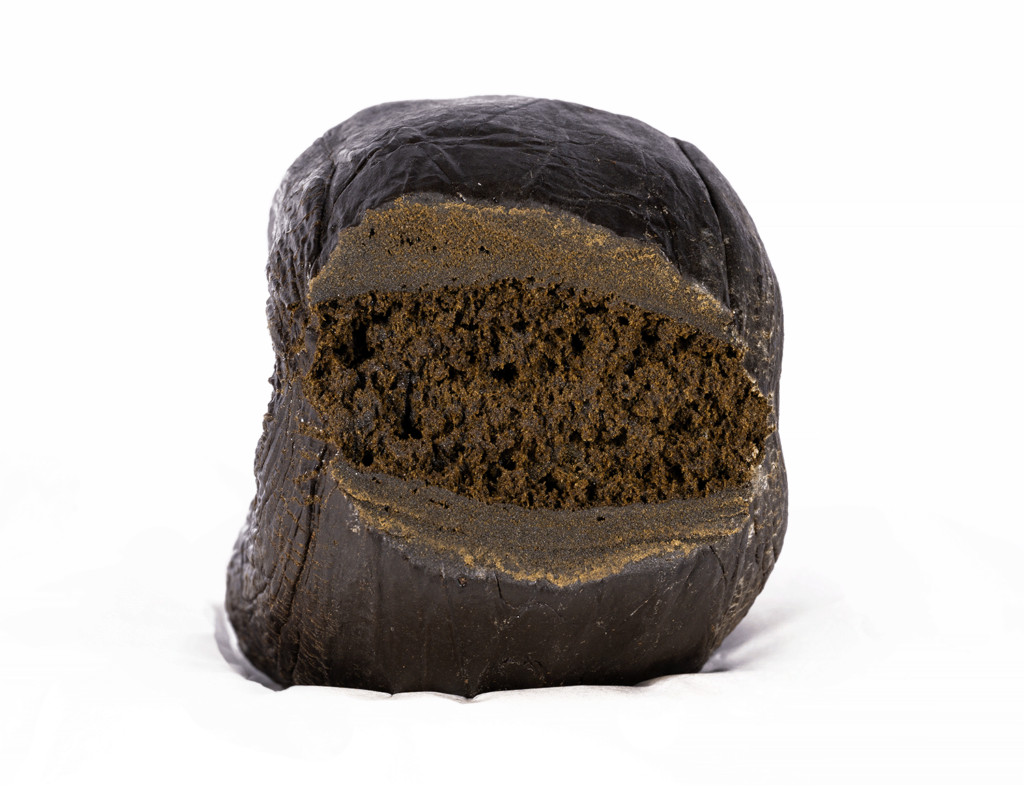
Different Types of Traditional Hash
Traditional hash varieties emerge from distinct geographical regions with unique production techniques. We’ll explore iconic hash types originating from Central Asia and the Middle East that represent centuries of cannabis processing expertise.
Charas (India, Pakistan, Nepal, and the Himalayas)
Charas represents a traditional hand-processed hash variant produced in Himalayan mountain regions. Artisan producers create this concentrate by gently rubbing fresh cannabis buds between hands or gloves to collect sticky trichomes. The collected resin is then rolled into compact sticks or sausage-shaped formations traditionally consumed through chillum pipes.
Key characteristics of charas include:
- Dark green to almost black coloration
- High aromatic profile from fresh terpenes
- Soft and creamy texture
- Immediate production from live cannabis plants
Afghani Hash
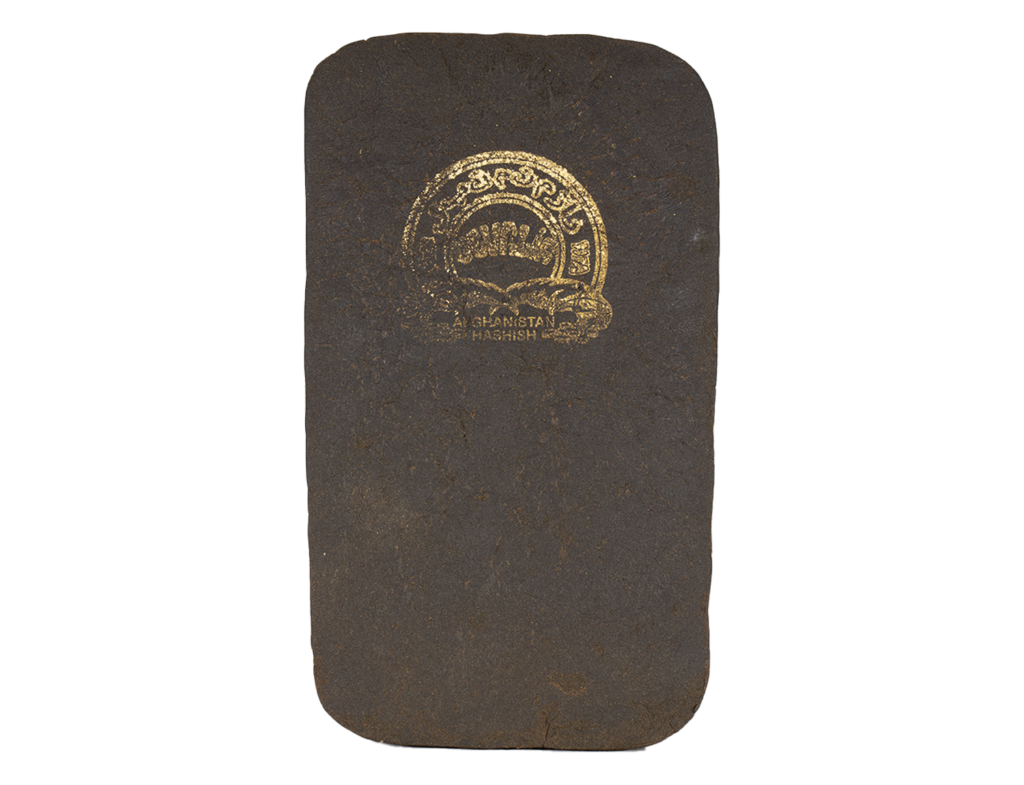
Afghani hash emerges from a meticulous extraction process involving multiple stages of preparation. Producers separate trichomes from dried cannabis buds to generate kief and then transform the material through low-heat wood fire processing. The technique often incorporates warm water or animal fat during kneading.
Production highlights:
- Dark-colored final product
- Hand-kneaded or foot-pressed consistency
- Spicy and intense flavor profile
- Typically includes producer’s quality seal
Kashmiri Hash
Kashmiri hash originates from Kashmir’s northern Indian regions. Similar to charas production methods the concentrate delivers a potent physical experience characterized by strong bodily effects.
Lebanese Hash
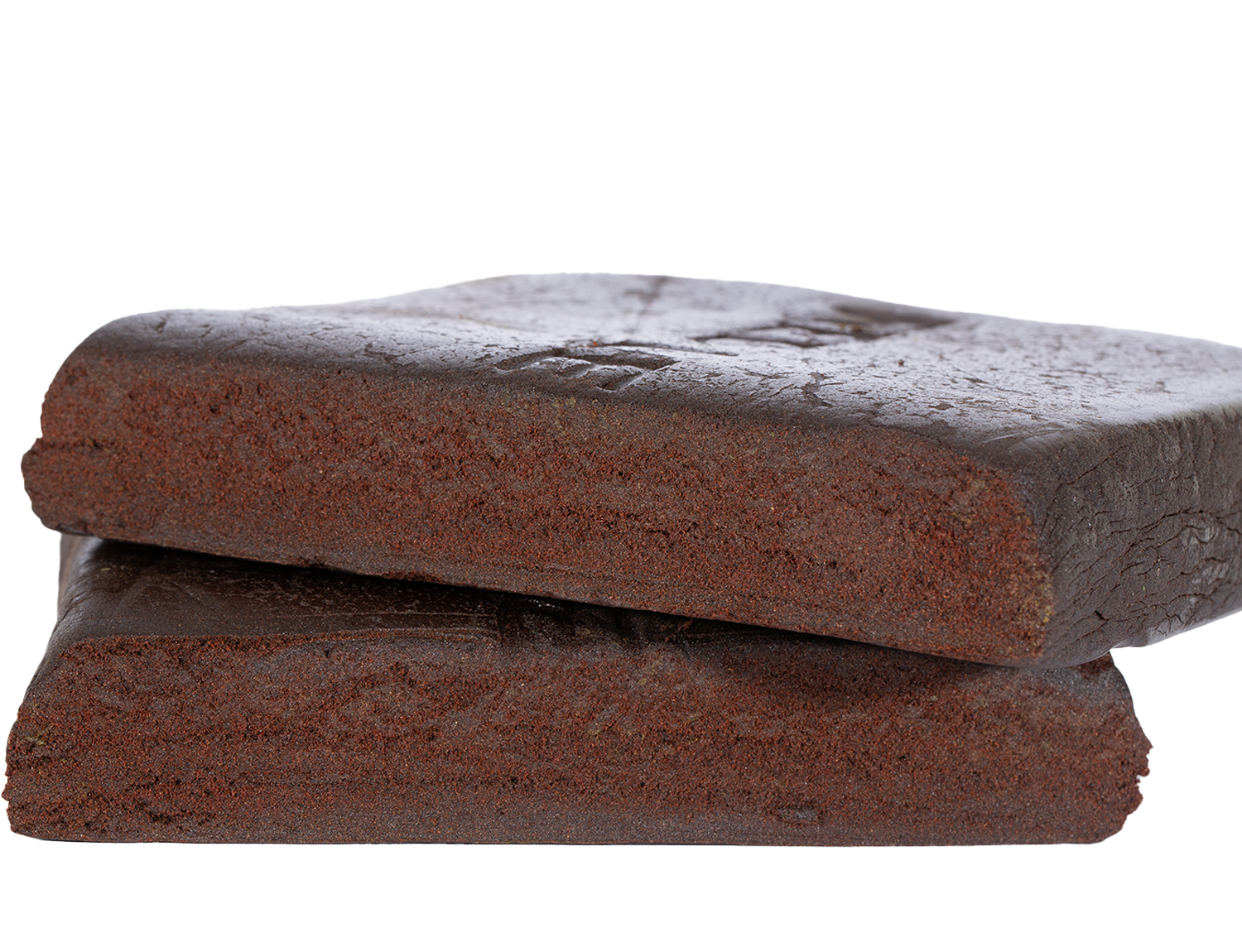
Lebanese hash from the Bekaa Valley represents a distinctive concentrate with unique color variations. Two primary types exist:
- Yellow Lebanese hash: Stimulating effects
- Red Lebanese hash: Relaxing properties
Manali Hash

Manali hash comes from India’s Himalayan mountain town of Manali. Producers create this mild concentrate by rubbing live cannabis buds directly using techniques similar to charas production. Its smooth texture earned the nickname “Manali Cream.”
Moroccan Hash
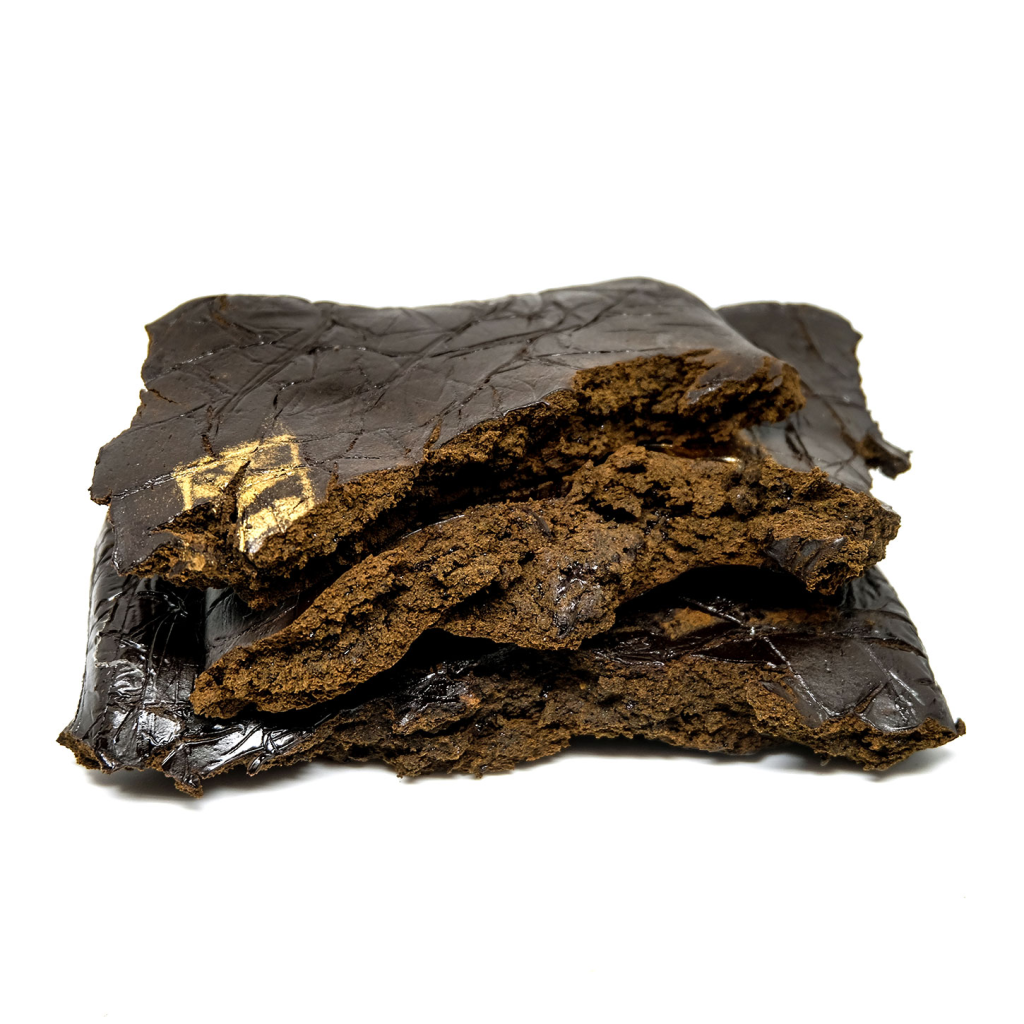
Moroccan hash production dates back to the 18th century in the Rif region. Producers create two primary varieties:
- Moroccan brick hash: Brittle texture
- Moroccan pollen hash: Soft consistency
Nepalese Hash
Nepalese temple balls represent a unique hash variant traditionally prepared by Buddhist monks. The process involves rubbing dried cannabis buds and rolling collected trichomes into spherical formations aged up to one year.
Pakistani Hash

Pakistani hash distinguished by its black coloration originates from northern tribal areas. Production mirrors Moroccan hash techniques with a unique aging process involving storage inside dried sheep or goat skin for three months.
- Smooth smoke
- Mild spicy flavor
- Cerebral high effects
What are the most popular strains of hash at GCO?
Hash represents a remarkable testament to cannabis culture’s rich heritage and ongoing innovation. We’ve seen how traditional techniques have seamlessly merged with modern extraction technologies to create increasingly sophisticated concentrates.
As cannabis enthusiasts we appreciate the intricate artistry behind each hash variety. From hand-rolled charas to advanced solventless extracts the diversity of hash continues to evolve and surprise us. The global landscape of hash production demonstrates remarkable creativity and technical prowess.
Our exploration reveals that hash isn’t just a product—it’s a cultural artifact representing generations of expertise and technological advancement. Whether you’re a seasoned consumer or a curious newcomer the world of hash offers something truly extraordinary for everyone.

